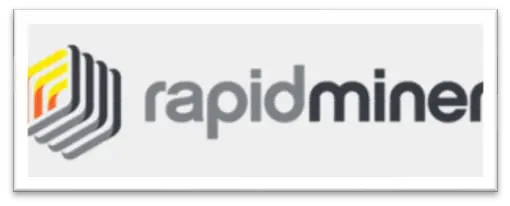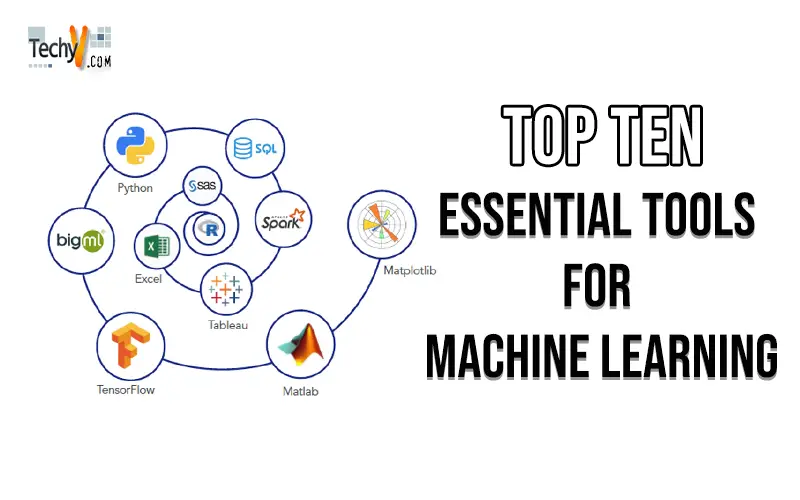Machine learning is one of the most emerging technology fields. Interestingly, we aren’t even aware of how it affects the various ways we utilize technology today. The idea of machine learning enables a machine to learn from examples and experience without having to be explicitly programmed. We may evaluate data, learn from it, and make decisions with the help of machine learning algorithms. Machine learning works on different algorithms, and the machine learning library is a collection of algorithms. We have several machine learning tools at our disposal right now to enable this. Let’s examine a few of the more significant and well-known ones.
1. Pytorch
Another well-known open-source program that competes fiercely with TensorFlow is PyTorch. PyTorch includes two key features: neural networks constructed using a tape-based auto diff mechanism and tensor computation with faster processing on GPU. In addition, PyTorch offers a wide range of ML tools and libraries for various solutions. Examples are Allen NLP and ELF, a platform for game research. Along with Python, PyTorch also supports C++ and Java.
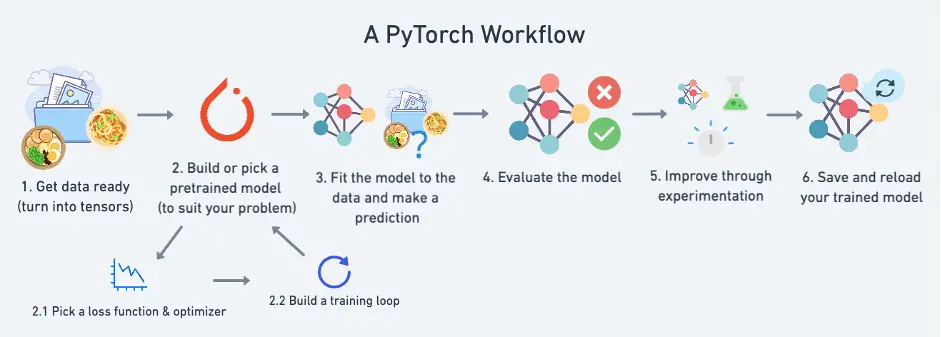
2. Scikit-Learn
With Scikit-learn, Python developers can develop machine learning applications. The Python programming language offers a library. It can help data mining. Models and techniques are available for classification, regression, clustering, dimensionality reduction, model selection, and preprocessing.

3. Knime
The free and open-source data analytics, reporting, and integration platform KNIME (Konstanz Information Miner) was developed for robust analytics on a GUI-based workflow. That means you can use KNIME and gain insights and do not need to know how to code. You can progress from data collection and model creation through production and deployment. It streamlines the entire process’s functions into a single workflow.
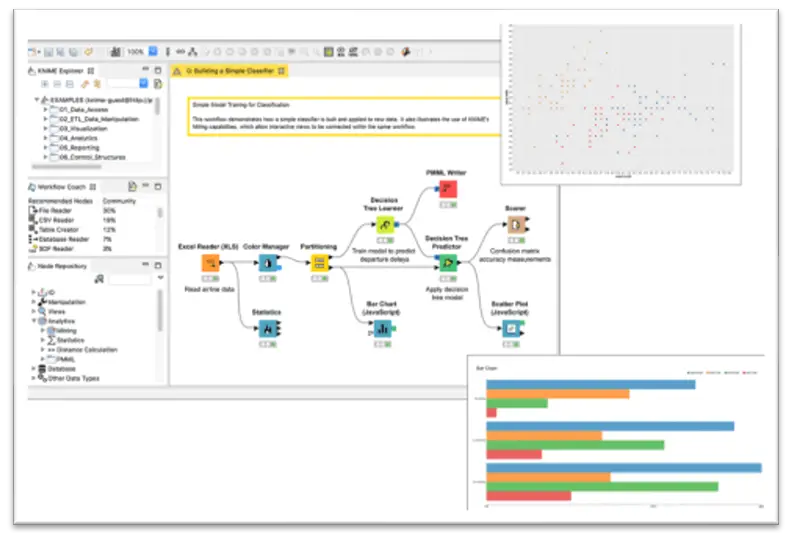
4. Accord.Net
Accord.Net may be the best option if you’re seeking machine learning solutions appropriate for projects involving the analysis of images and sounds. It is a framework for computational machine learning with the capability of machine learning libraries that include audio and photo packages. These programs support the development of interactive applications and the training of machine learning models.
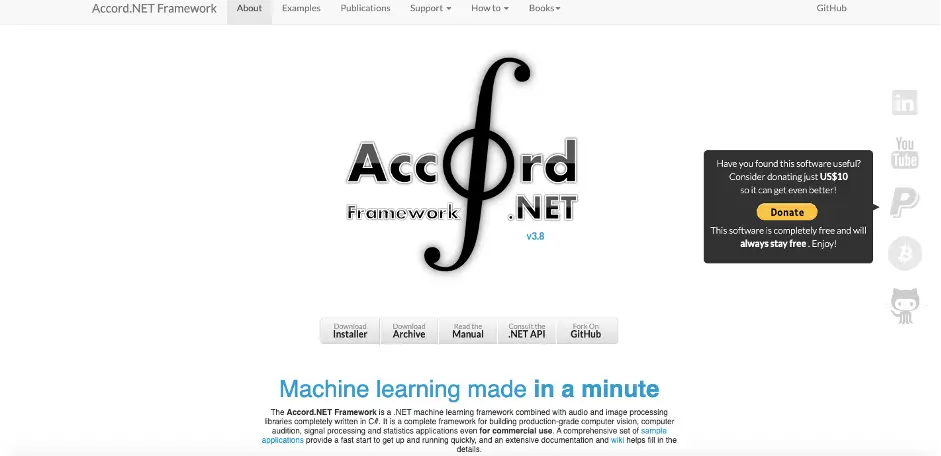
5. TensorFlow
After barely exploring sci-kit-learn, I recall being visibly terrified when I first encountered TensorFlow as an intern. Since TensorFlow is a low-level library and requires close collaboration with the model code, it appears impending in retrospect. With TensorFlow, developers can take complete control and build models from scratch.
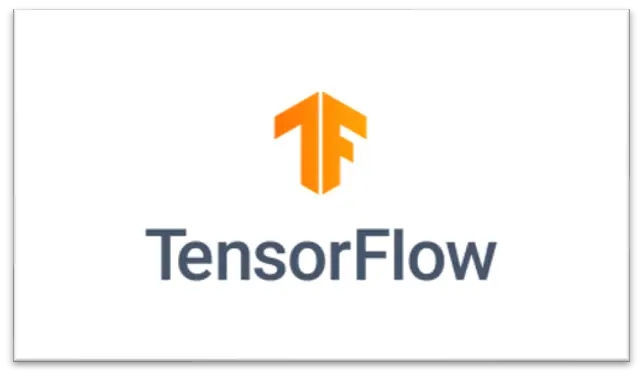
6. Colab
Google cloud Colab service supports Python. It will assist you in creating machine learning applications utilizing the TensorFlow, PyTorch, Keras, and OpenCV libraries. It aids in the instruction of machine learning and aids in the study of machine learning.

7. Weka
The open-source Java program WEKA (Waikato Environment for Knowledge Analysis) has several machine learning algorithms for data mining and exploration activities. Visualizing and understanding machine learning algorithms on your machine is one of the most potent machine learning tools. Both a graphic and command line interface is available. The absence of adequate documentation and online help is the sole drawback.
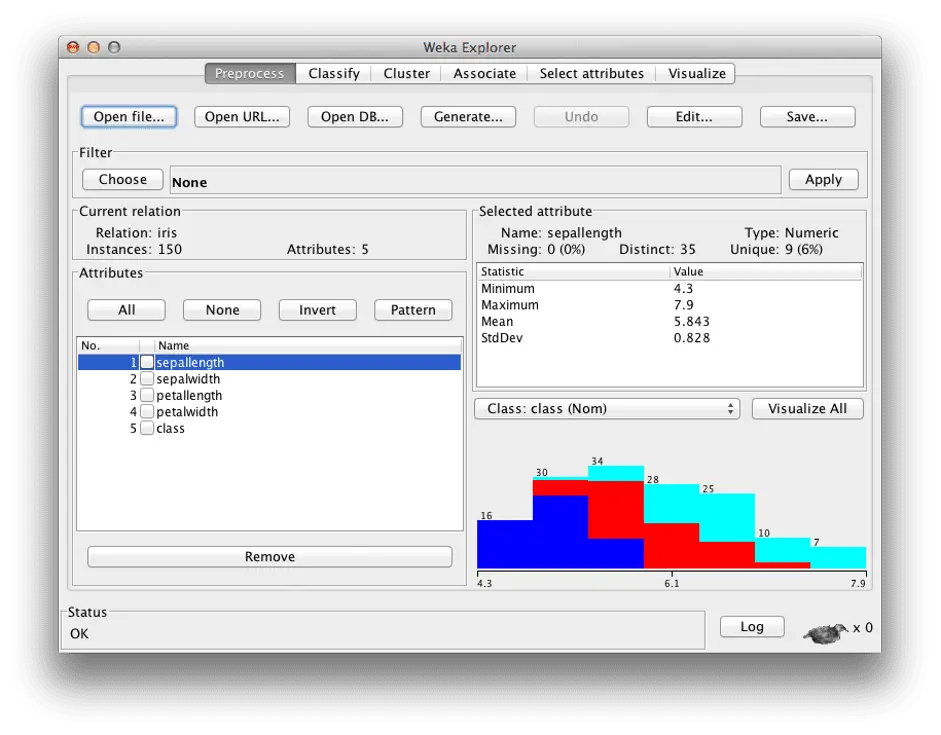
8. Catalyst
Another PyTorch framework made exclusively for deep learning solutions is Catalyst. Catalyst supports research and handles engineering responsibilities like code reuse and reproducibility, enabling quick experimentation. Catalyst’s deep learning framework allows developers to implement deep learning models with just a few lines of code. It supports popular deep learning models, including one-cycle training, stochastic weight averaging, and ranger optimizer.

9. Keras
The Python deep learning framework Keras acts as an API for several neural network types. With Python as its core, it offers sufficient assistance for quicker research and a less complicated learning curve. Among contemporary machine learning technologies, Keras can establish a place based on its capacities for easy prototyping.
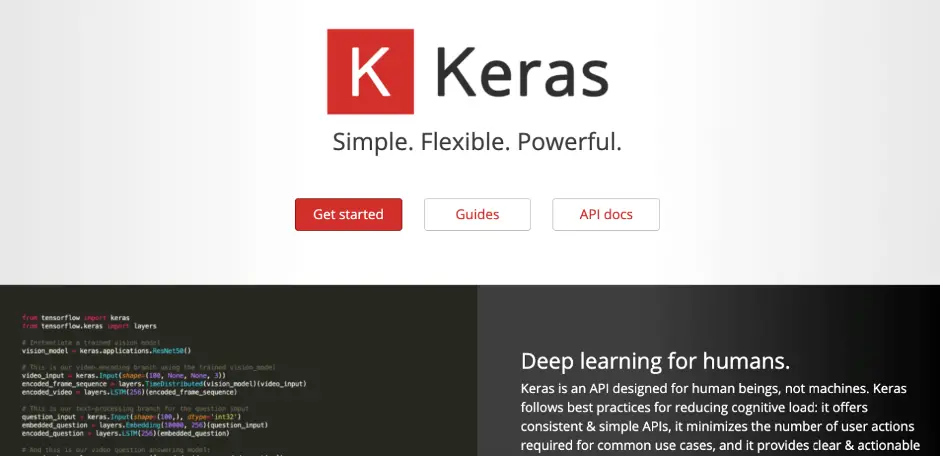
10. RapidMiner
RapidMiner is a platform for data science teams that combines data preparation, machine learning, and the deployment of predictive models. Users can design, deploy, and maintain predictive analytics because of the system’s robust graphical user interface. Since RapidMiner makes data access simple and enables you to organize them and your team to understand, uncluttered, disorganized, and seemingly meaningless data can be precious.
